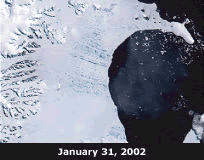A view of the Larson B Ice Shelf (Antarctica) breaking apart in 2002, compiled using MODIS images
Courtesy of the National Snow and Ice Data Center
Ice Shelves
Ice shelves are found at the edges of glaciers and ice sheet. An ice sheet extends from land out over the ocean. Ice shelves are a part of the Earth's cryosphere. They can be found in both the north polar region and the south polar region. The largest ice shelf is the Ross Ice Shelf in Antarctica. It is roughly the size of France!
The ice is attached to a glacier or ice sheet at the edge of the land. It is floating in the ocean water at its outer reaches. The ice in an ice shelves flows over time.; As the ice flows and extends further offshore, large pieces of ice break off of the end of the ice shelf into the ocean. The large chunks of ice that are broken into the ocean are called icebergs.
Ice shelves act somewhat like bookends, confining a glacier or ice cap to the land. Global warming has been causing those bookends to melt. There is concern that if some of the world's larger ice shelves were to break off into the ocean at the point where they connect to the land (called the grounding line), there would be nothing left to hold the glaciers and ice sheets on the land. The formation of icebergs from ice shelves does not cause the sea level to change because both the ice shelf and the iceberg are floating in the water. However, after an ice shelf breaks apart, the glacier that it supported moves faster towards the ocean. Pieces of the glacier or ice sheet break off into the ocean causing sea level to rise.
Last modified January 29, 2007 by Lisa Gardiner.
You might also be interested in:
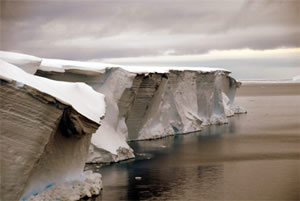
Frozen water is found in many different places on Earth. Snow blankets the ground at mid and high latitudes during winter. Sea ice and icebergs float in the chilly waters of polar oceans. Ice shelves are
...more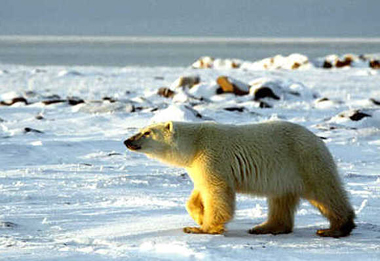
In the Arctic, you will find the Arctic Ocean surrounded by the continents of Europe, Asia, and North America. You will find the geographic North Pole and the magnetic North Pole there; both are in the
...more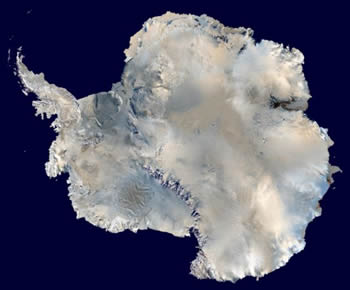
What Will You Find There? If you travel to the South Pole, you will find the continent of Antarctica surrounded by the Southern Ocean. The geographic South Pole is marked by a large sign that scientists
...more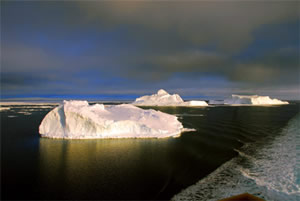
Icebergs are large pieces of ice that are floating in the ocean. They broke off of ice shelves or glaciers in Earth’s polar regions. Icebergs are a part of the cryosphere. Almost all of an iceberg is below
...more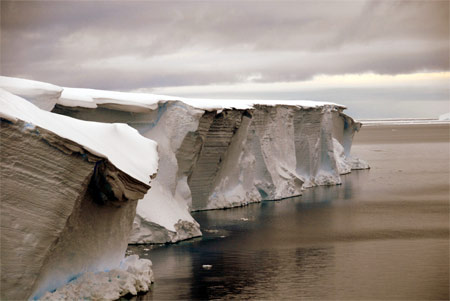
Looking for online content that can be used for a climate change education course or module? Pages linked below can be used to support an introductory climate change education for either a unit or a full
...more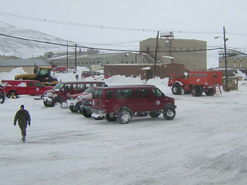
Polar exploration includes the exploration of the Arctic and the Antarctic. The Arctic is the area around the Earth's north pole. Antarctica is a continent that surrounds the South Pole. When you think
...more
Antarctica is the coldest, windiest, and driest continent on Earth. It is about one and a half times the size of the United States. Almost all of Antarctica is covered with a thick layer of ice called
...more
